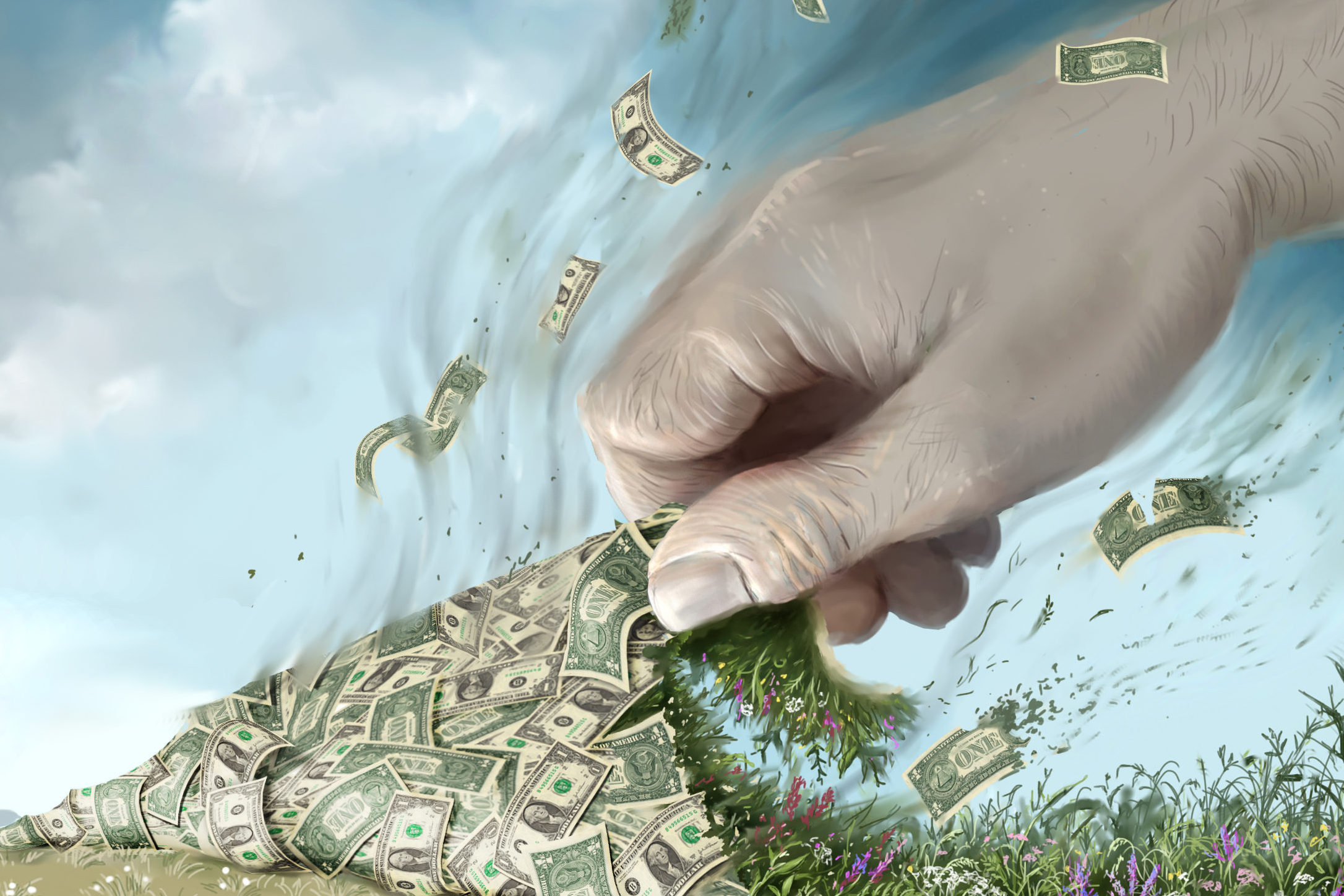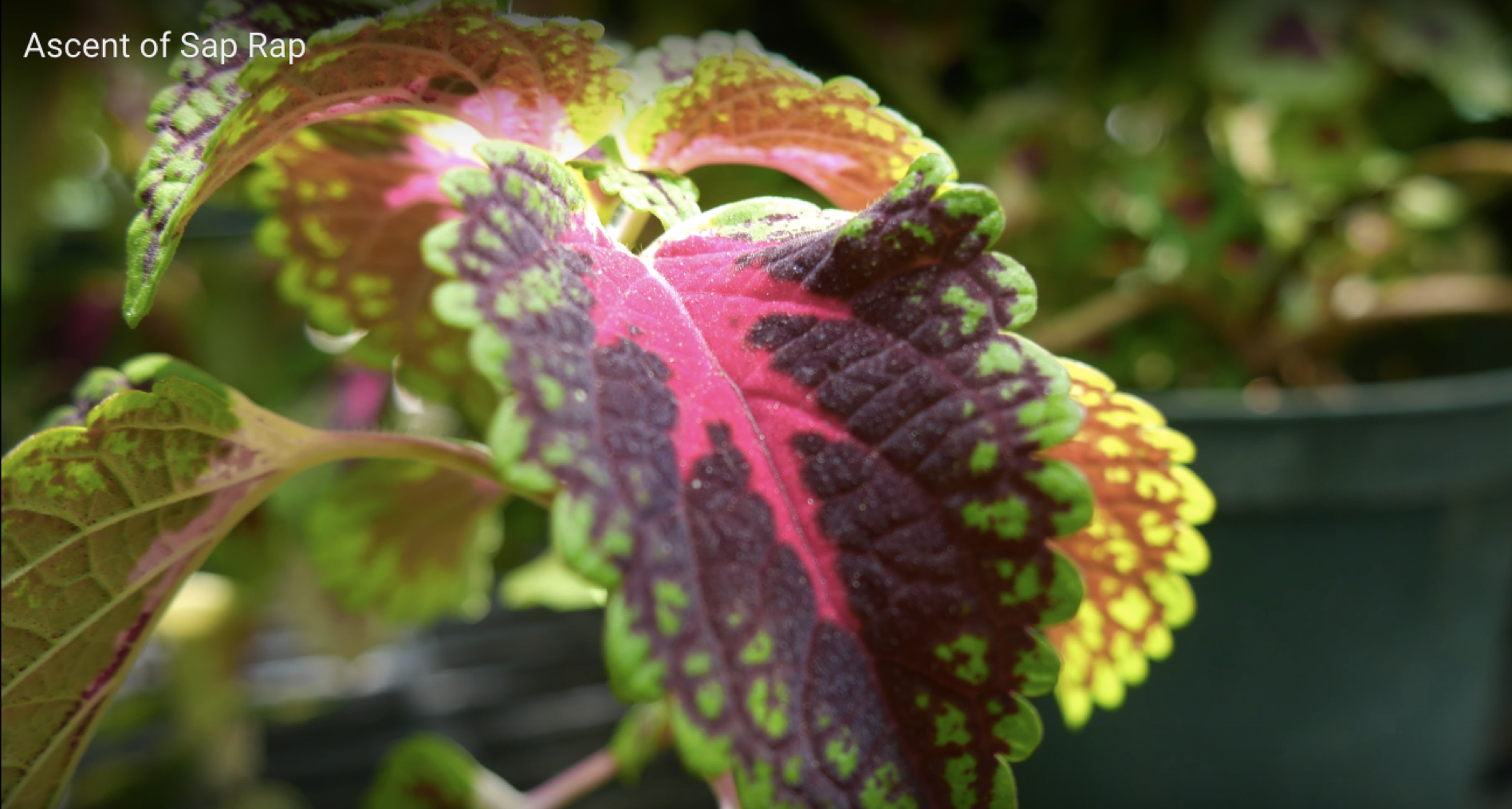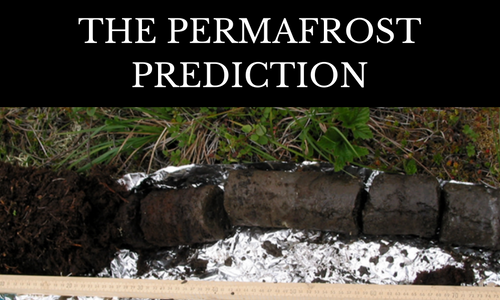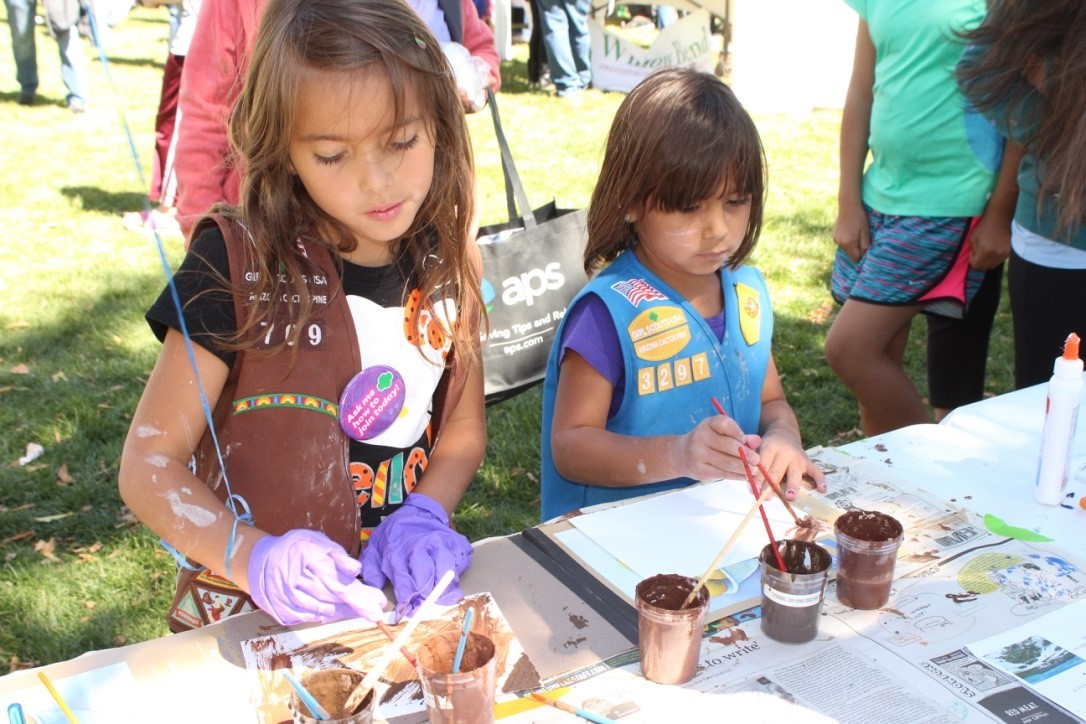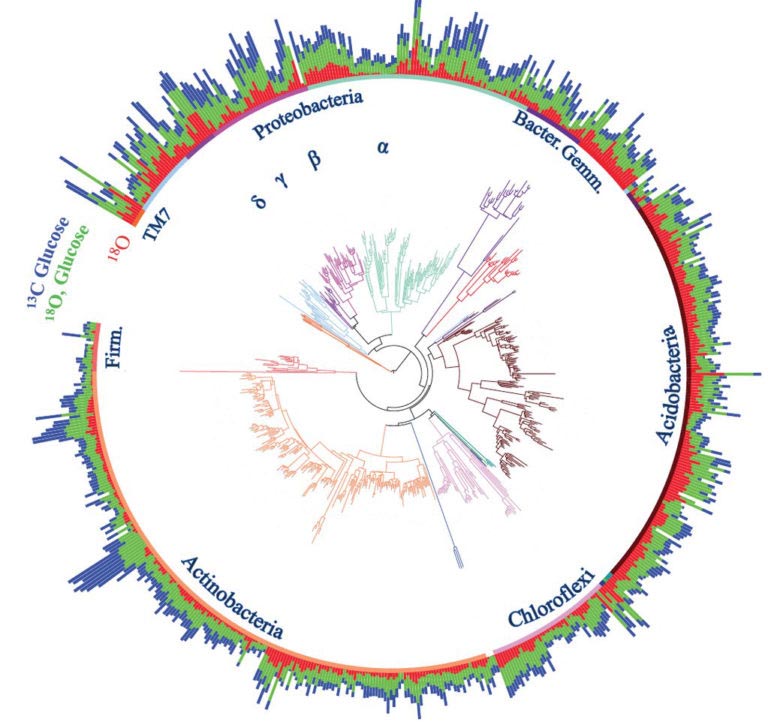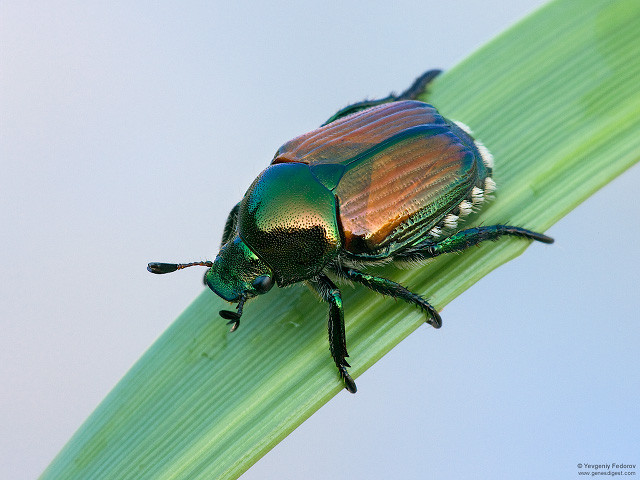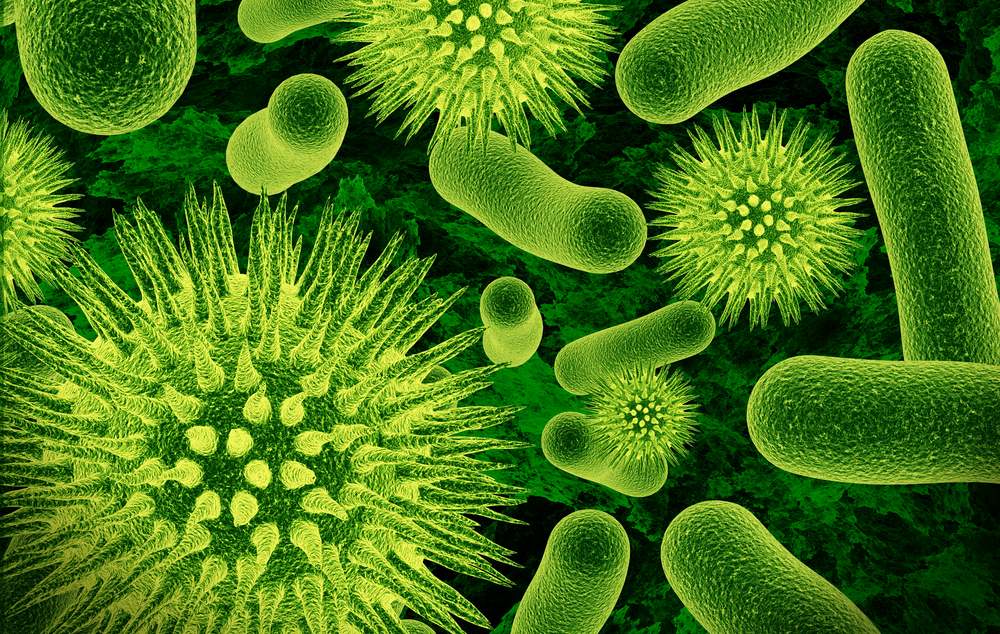The economic value of grassland species for carbon storage
In a groundbreaking study, Ecoss research produced a monetary value for biodiversity by demonstrating that having more diverse plant species enables a grassland to draw down and store more carbon. This finding allows calculations of how much carbon storage is lost or gained per species added or lost from a […]
